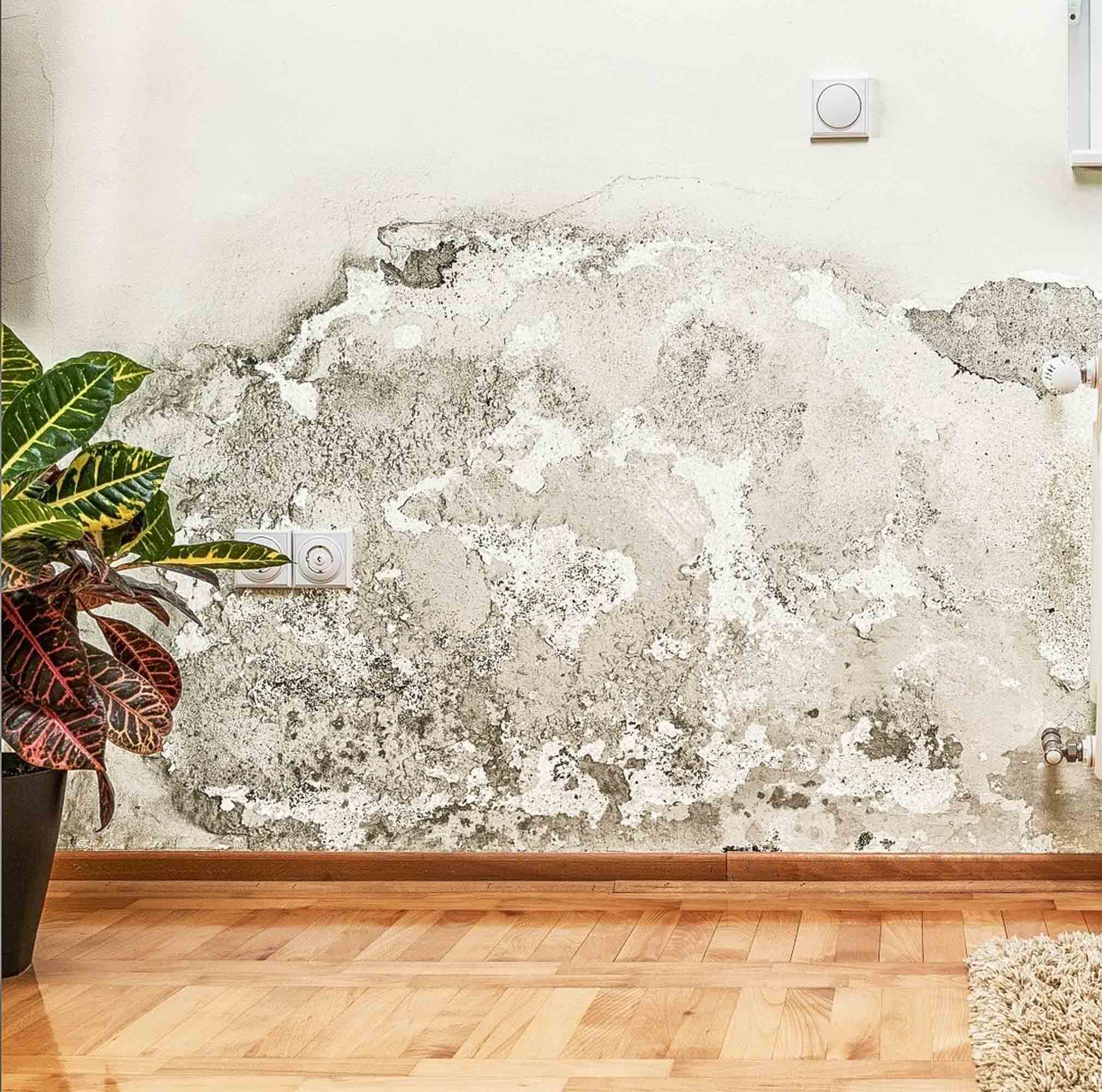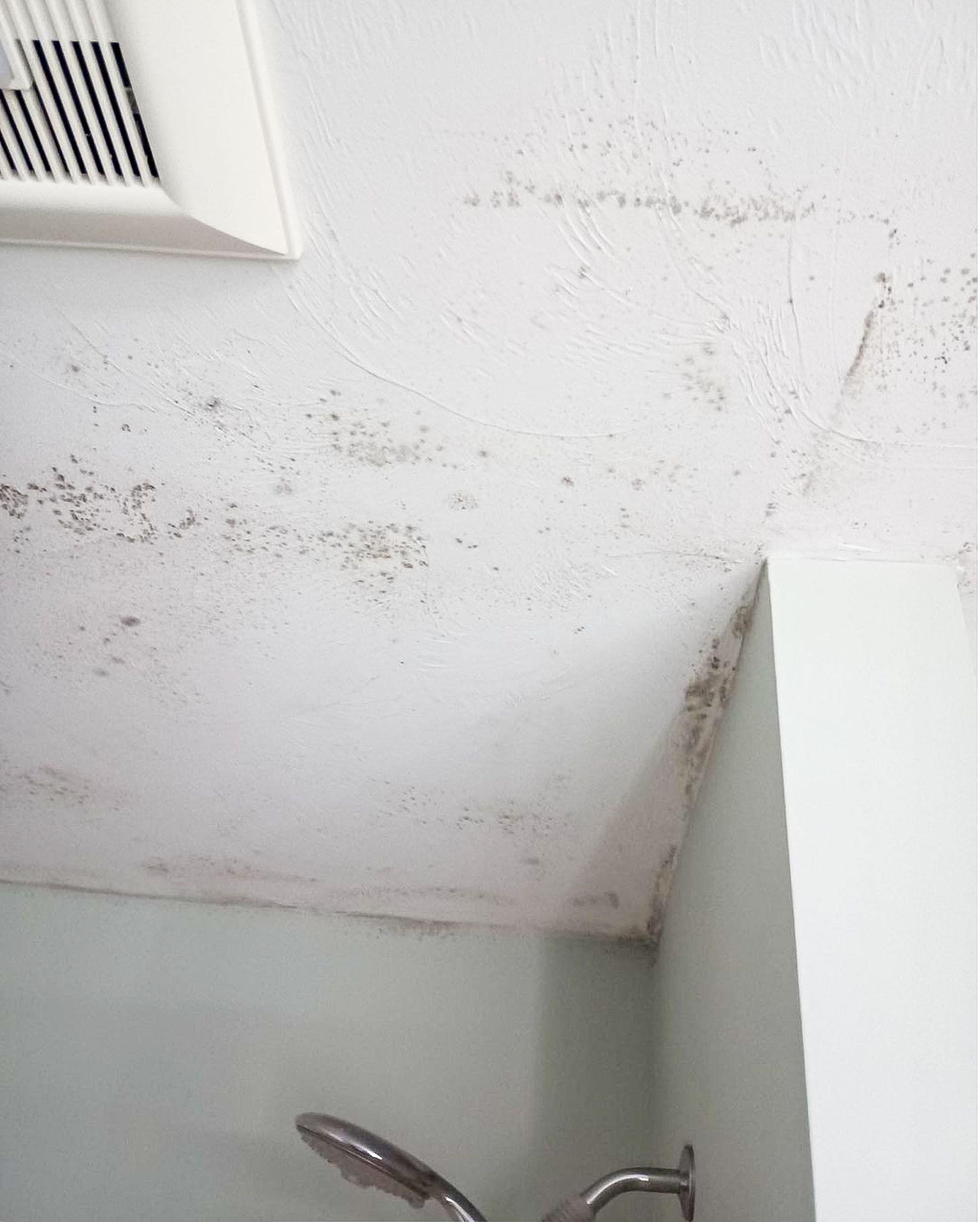The Hidden Danger of Mold Toxicity In Children

As a parent who has experienced the devastating effects of mold toxicity firsthand, I understand the urgency of raising awareness about this serious health issue, particularly when it comes to children. Our family fell victim to black mold (Stachybotrys chartarum) exposure, and it wreaked havoc on our lives, especially for our daughters, who were just 4 and 2 years old at the time. Through this post, I aim to shed light on the dangers of mold toxicity and provide a comprehensive guide on identifying, addressing, and preventing its harmful effects on children.
Understanding Mold and Its Types
Mold is a type of fungus that thrives in warm, moist environments and reproduces by releasing spores into the air. It can grow on various surfaces, such as walls, carpets, and even household items. While there are thousands of mold species, some of the most common types found indoors include:
- Stachybotrys chartarum (Black Mold): Known for its dark greenish-black appearance, this mold is notorious for producing mycotoxins, harmful substances that can pose serious health risks to humans.
- Aspergillus: This mold type comes in various colors, including green, yellow, and white. Some species can produce mycotoxins and allergens.
- Penicillium: Often found on water-damaged materials, this mold can produce mycotoxins and allergens.
- Cladosporium: A common outdoor mold that can also grow indoors. It produces dark green or brown spots.
What Are Mycotoxins
Mycotoxins are toxic secondary metabolites produced by certain types of fungi, commonly known as molds. These toxic compounds are naturally occurring and can be found in various food products, animal feeds, and indoor environments where mold growth occurs. Mycotoxins are a significant concern because they can have detrimental effects on human and animal health.
Fungi produce mycotoxins as a defense mechanism to compete with other microorganisms in their environment and to protect themselves from potential predators. When mold spores come into contact with suitable conditions, such as warmth, moisture, and nutrients, they can grow and produce mycotoxins. Common locations for mycotoxin production include crops, grains, nuts, and fruits that have been stored under improper conditions or exposed to excessive moisture.
Exposure to mycotoxins can occur through ingestion, inhalation, or skin contact. When contaminated food or feed is consumed, or when humans or animals inhale airborne mycotoxin particles, the toxins can enter the bloodstream and affect various organs and body systems.

Different Types Of Mycotoxins
Each produced by specific molds. Some well-known mycotoxins include:
- Aflatoxins: Produced primarily by Aspergillus species, particularly Aspergillus flavus and Aspergillus parasiticus. Aflatoxins are commonly found in peanuts, corn, cottonseed, and other crops. They are potent carcinogens and can also cause acute toxicity.
- Ochratoxin: Produced by molds like Aspergillus and Penicillium, ochratoxin can contaminate various food products, including grains, coffee beans, and dried fruits. It is associated with kidney damage and has potential carcinogenic effects.
- Trichothecenes: Produced by several molds, including Fusarium species. Trichothecenes can contaminate grains, nuts, and forage crops. They are known for their toxic effects on the immune system, skin, gastrointestinal tract, and can cause hemorrhaging.
- Zearalenone: Produced by Fusarium fungi, zearalenone can be found in grains such as corn, wheat, and barley. It is known to have estrogenic effects and can lead to hormonal imbalances.
The severity of mycotoxin-induced health effects depends on factors such as the type of mycotoxin, the amount ingested or inhaled, the individual’s age and health status, and the duration of exposure. Symptoms of mycotoxin poisoning can range from mild gastrointestinal disturbances to more severe effects on organs and neurological function.
Respiratory Symptoms in Children
Exposure to mold can lead to respiratory symptoms in children, especially those with allergies or asthma. These symptoms may include:
- Persistent coughing and wheezing
- Shortness of breath
- Nausea
- Nasal congestion and sneezing
- Sore throat
- Chest tightness
Neurological Symptoms in Children
In severe cases, mold toxicity can impact a child’s neurological health, leading to:
- Headaches and migraines
- Fatigue and weakness
- Difficulty concentrating and memory problems
- Mood swings and irritability
- Sleep disturbances
Skin Irritations and Symptoms
Direct contact with mold or mold-infested materials can cause skin irritations in children, such as:
- Redness and rash
- Itching and hives
- Dry, scaly skin
Identifying Mold as the Issue
If you suspect mold exposure is affecting your child’s health, it’s essential to look for signs of mold growth in your home. Keep an eye out for:
- Visible mold growth on walls, ceilings, or other surfaces
- Musty odors in specific areas of the house
- Water stains and discoloration on walls or ceilings
What to Do When You Identify Mold as the Issue
When you identify mold as the issue in your home or any indoor environment, taking a holistic approach is crucial to effectively address the problem and protect your health. Here’s a comprehensive list of steps to take:
- Prioritize Safety: Wear personal protective equipment (PPE) like gloves, masks, and goggles to minimize exposure to mold spores. Keep vulnerable individuals, such as children, elderly, and those with respiratory conditions, away from the affected area.
- Identify the Source: Investigate and fix the source of moisture that is promoting mold growth. Look for water leaks, plumbing issues, or areas with high humidity. Addressing the source of moisture is essential to prevent mold from returning.
- Call a Professional Mold Remediation Expert: If the mold infestation is extensive or you have health concerns, seek help from a certified mold remediation professional. They have the expertise and equipment to safely remove mold and prevent its spread.
- Improve Ventilation: Increase ventilation in the affected area to improve air circulation and reduce humidity levels. Use exhaust fans and open windows if weather conditions permit.
- Use Dehumidifiers: Install dehumidifiers in damp areas to control moisture and inhibit mold growth. Set the humidity levels to maintain an optimal environment that discourages mold proliferation.
- Air Purifiers: Invest in high-quality air purifiers with HEPA filters to capture airborne mold spores and other allergens. This can help improve indoor air quality and reduce the risk of mold-related health issues.
- Detoxifying Supplements: Consult a functional doctor or healthcare professional to discuss using detoxifying supplements to support your body’s natural detoxification processes.
- Clean Non-Porous Surfaces: Wipe down non-porous surfaces with a solution of water and detergent to remove visible mold growth. Avoid using bleach, as it may not effectively kill mold spores and can be harmful when combined with other cleaning agents.
- Remove Moldy Materials: Discard porous materials like carpets, fabrics, and paper products that are heavily infested with mold. These materials are difficult to clean thoroughly and may contribute to mold regrowth.
- Use Mold-Removal Products: Consider using commercially available mold-removal products that are specifically designed to clean and disinfect mold-prone surfaces. Always follow the product instructions carefully.
- Maintain a Healthy Diet: Consume a nutritious and balanced diet to support your immune system and overall health. Include foods rich in antioxidants, vitamins, and minerals to help your body combat potential mold-related health issues.
- Seek Medical Attention: If you or your family members experience persistent health issues related to mold exposure, consult a healthcare professional, particularly a functional doctor, who specializes in environmental medicine and can address mold-related health concerns.
Remember, mold issues can have serious health implications, so taking a holistic approach that includes professional assistance, detox support, and preventive measures is essential for ensuring a safe and healthy living environment.
